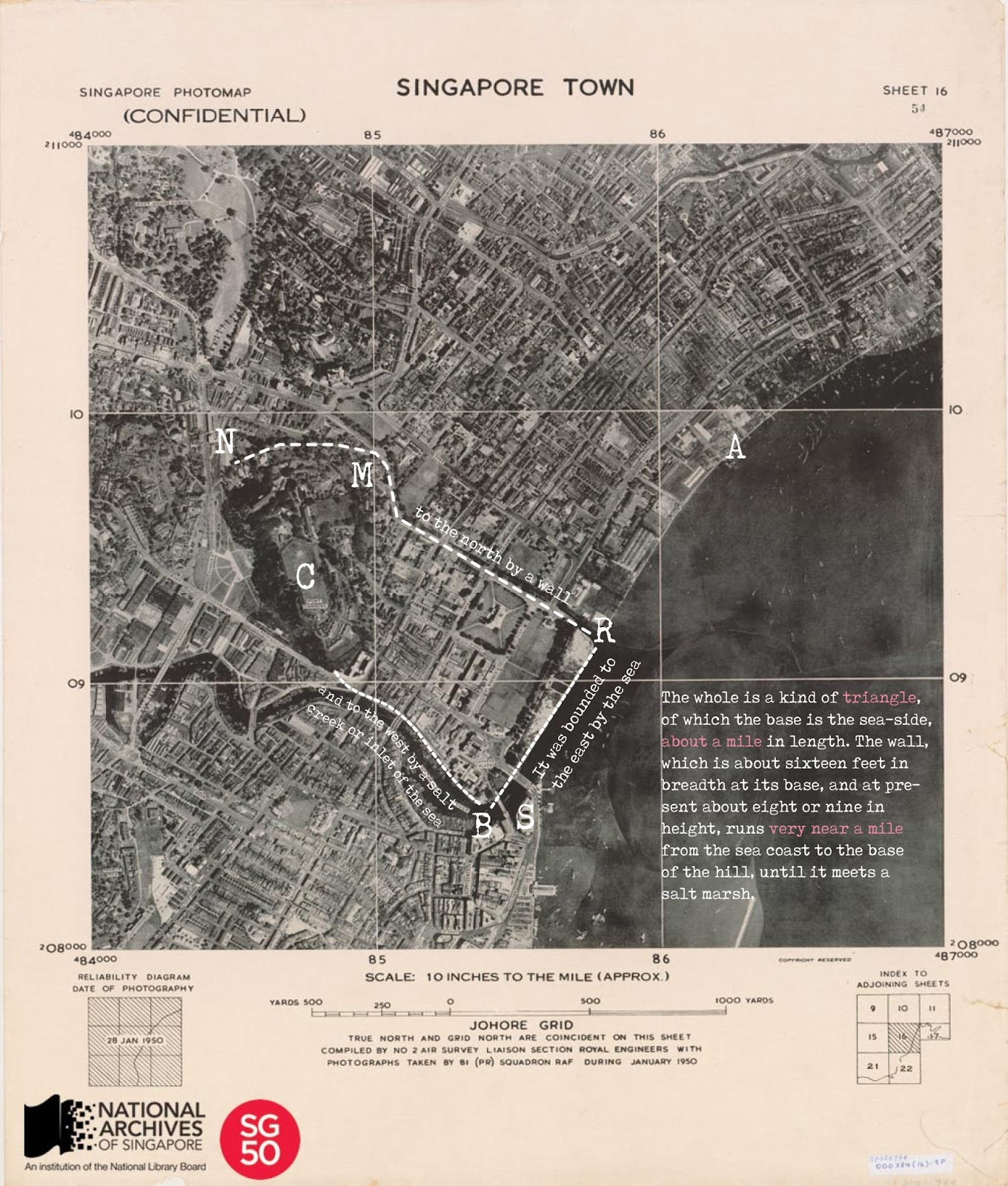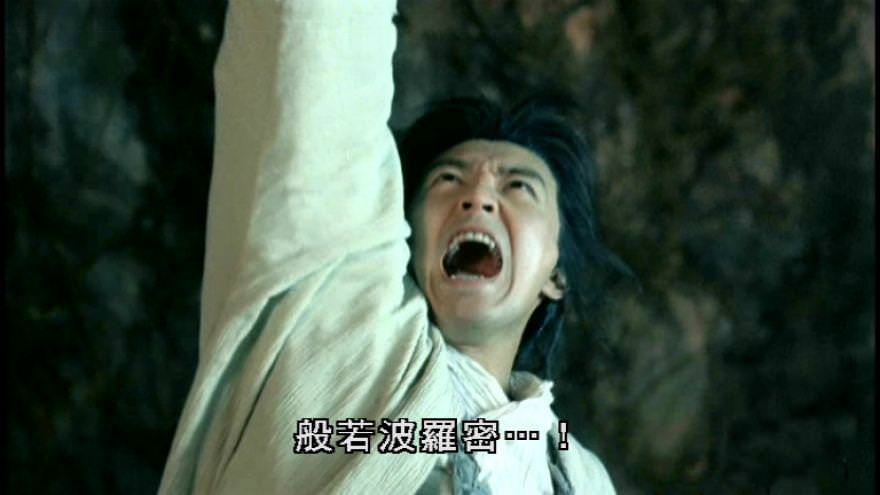Why we burnt our 2018 SPM add math paper

Normally students are given closed-ended problems with nicely labeled diagram in math exams. This type of problems usually has only one standard answer. Ocassionally, however, some not-so-well-conceived open-ended problems found their way into our exam papers. This year, some SPM candidates fucked up their add math paper because they couldn't even get their engines started for a number of problems in the question booklet. And when the exam was over, traumatised students burnt their math book to show their discontent. Traumatised students burnt their math book after the exam In Question 5 for example, students were horrified by a strange-looking diagram. The diagram has absolutely no labels and students are expected to prepare the answers with only two ingredients: (a) that the three dark-coloured leaf-shaped objects are congruent and (b) that the perimeter of object is 20\(\pi\). The given leaf-shaped object is a peculiar type of folium formed by glueing two









